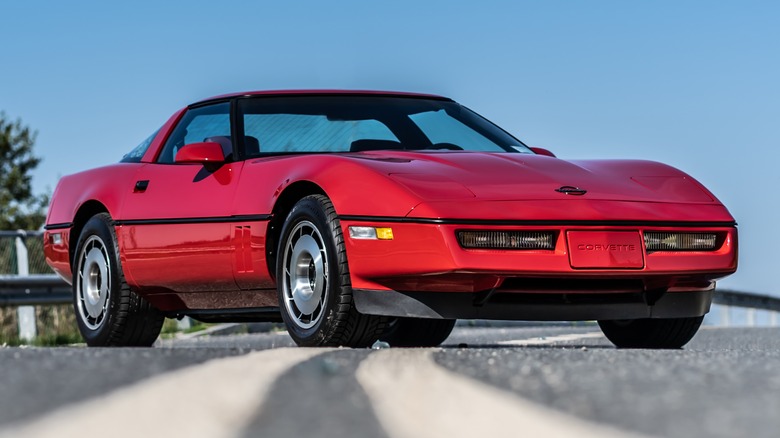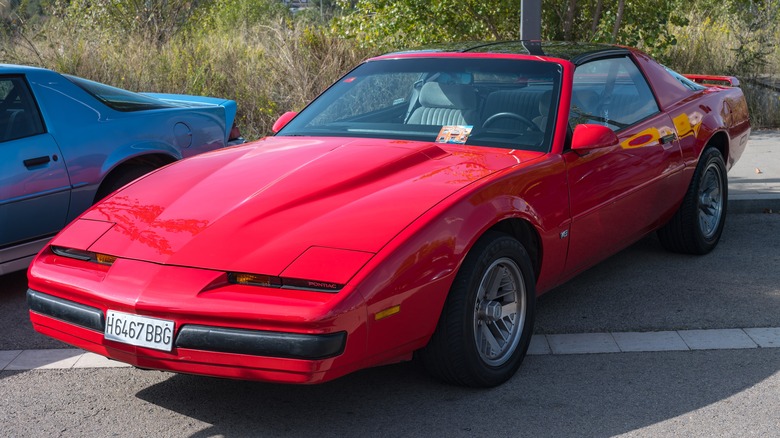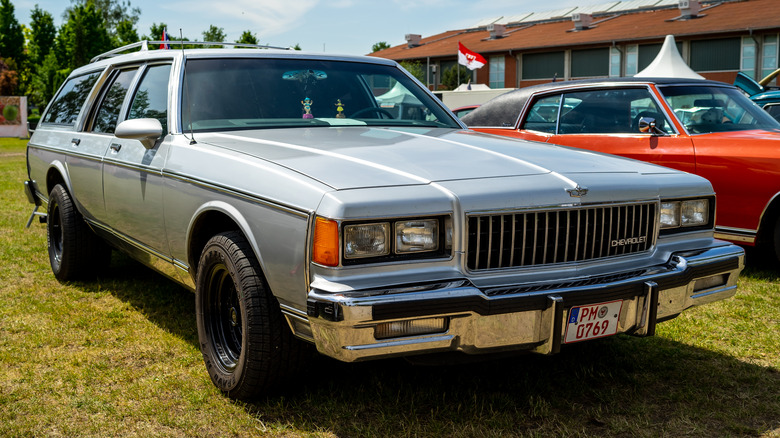All About 700R4 Transmissions: Who Made Them & Are They Any Good?
The 700R4, also known as TH700R4, is a General Motors four-speed automatic transmission that was used from 1982 to 1993. Internally called a Hydra-Matic MD-8, it was used in front-engine/rear-drive and all-wheel drive cars and trucks. The 700R4 was used primarily in Chevrolet and GMC vehicles, but it could also be found in other GM brands that used engines sourced from Chevrolet. As a result, some Buicks, Pontiacs, Oldsmobiles, Cadillacs, and even Holdens used this transmission.
The 700R4 replaced the Turbo-Hydramatic 350, GM's previous three-speed automatic, in a quest for ever-increasing fuel efficiency. The 700R4 had four gears, with its fourth gear being a 30% overdrive for improved fuel economy. It was made of cast aluminum, which made it both rugged and durable. The basic version of the 700R4 could handle up to 350 lb-ft of torque, but there were also uprated versions that could handle 450 lb-ft (Heavy Duty), 600 lb-ft (SuperSport Super Duty), and even 1,000 lb-ft (Xtreme SS).
The GM 700R4 transmission also featured a lower first gear, which allowed for good low-speed operation, as well as quick launches by enthusiasts going off-road. Overall, the 700R4 was well-regarded for its off-the-line performance and fuel economy, but it was not without some problems.
What problems did the 700R4 transmission have?
The 700R4 transmission has had some issues over its 12-year run. Early versions produced before 1984 had a 27-spline input shaft, which was prone to break. This was remedied with an upgrade to a 30-spline shaft. Overheating was another problem, especially under full throttle in high gear. Some users experiencing this found fitted transmission coolers to solve the problem, while a later GM upgrade of the oil pump resolved the issue.
Another problem area for the 700R4 is the throttle valve cable, also known as the TV cable. The TV cable connects the transmission's throttle valve to the car's throttle linkage. If this cable is not adjusted properly, it can quickly lead to low line pressure that will quickly destroy the clutches in the trans.
Lack of proper maintenance can also cause problems for the 700R4 transmission. Dirty transmission fluid can cause the governor springs to become stuck, producing delayed shifts. Servicing the transmission regularly should prevent this from happening, with fluid and filter changes done every 30,000 to 50,000 miles. The recommended fluid is 11 quarts of Dexron VI.
Generally speaking, the 700R4 was considered to be "a work in progress," which meant that problems were addressed by GM over time. This also means that if you are looking for a used or rebuilt 700R4 for an upgrade or a swap, the latest one you can find will be the best. Going with the 1987 through 1993 model years should provide optimal results.
What happened to the 700R4 transmission?
In 1990, a strange thing happened. GM renamed the 700R4, and it became the 4L60, but the transmission itself received no major changes. The 4L60 was a new GM transmission naming convention, which signified four forward gears, 'L' for longitudinal transmission, and '60' for its ability to provide enough torque to move a 6,000-pound GVWR vehicle. Just like the 700R4, the 4L60 was still a transmission that was hydraulically shifted, needing only the TV cable position and governor pressure to make its shifts.
In 1993, the 4L60 evolved into the sometimes trouble-prone 4L60-E transmission. Instead of needing the TV cable to operate, the 4L60E could now shift electronically, using inputs from the Electronic Control Unit (ECU) in the vehicle. The ECU then sent signals to solenoids in the 4L60E transmission to make the shifts. An additional solenoid was used to engage the transmission's passing gear. GM had entered the era of electronically controlled transmissions, and there was no going back.
The 700R4 was the right transmission for its time. It was a state-of-the-art hydraulic transmission that combined enhanced performance and notable fuel economy improvements at a time when GM and its customers needed them both. It was superseded by the first of the next generation of electronically-controlled transmissions that would become even more sophisticated over the intervening years.


